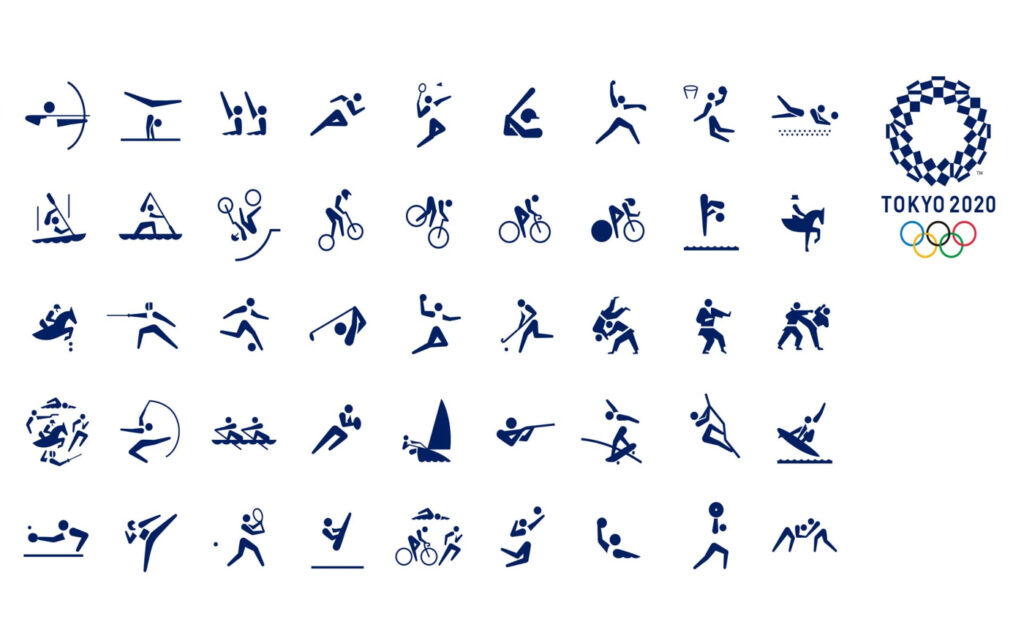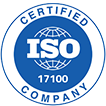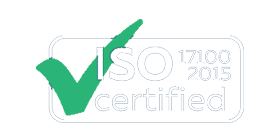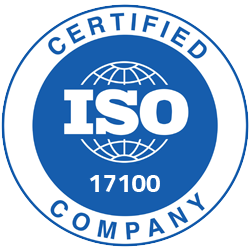A few months ago, LingoTip successfully obtained the ISO 17100 certification. This certification is a recognition of our commitment to delivering high-quality translation services that meet the international standards set by the ISO. The ISO 17100 standard outlines the requirements for translation service providers, ensuring that they have the necessary resources and processes in place to deliver accurate and consistent translations.
Following the process we went through, we decided to write a post about the ISO 17100 standard.
ISO 17100 is a standard developed by the International Organization for Standardization (ISO) that provides guidelines for translation service providers to ensure the quality of the services they provide. This post will describe the ISO 17100 standard, its benefits and implications for its implementation.
What is ISO 17100?
ISO 17100 was first published in 2015 as a continuation of the European standard EN 15038, which has been in use since 2006. The standard aims to provide a framework for translation companies to ensure the quality of their translation services. The standard establishes the requirements for the entire translation process, starting from the stage of the initial request for translation through the delivery of the translated content, including revision and proofreading.
In addition, the standard provides guidelines for the required skills of the translators and proofreaders and defines the requirements for translation project management and required resources.
What are the advantages of the ISO 17100 standard?
ISO 17100 provides several advantages to both the translation companies and their clients. The standard helps translation companies improve the quality of translation services by having an independent external body verify that the work procedures and resources meet the quality requirements, thereby ensuring that they provide high-quality translations that meet the needs and expectations of customers. This opens up business opportunities that require compliance with this standard as well as improves the competitiveness of the translation company.
For clients, ISO 17100 provides assurance that the translation company meets a recognized standard and has processes in place to ensure the quality of their services. The external certification of the translation provider helps to build the client’s trust in the provider and gives the client the feeling of being in good hands.
What is the difference between ISO 17100 and EN 15038?
ISO 17100 and EN 15038 are both standards that provide guidelines for translation service providers to ensure the quality of their services. However, there are some differences between the two standards.
EN 15038 was the European standard for translation services that was in use from 2006 and was based on the European Committee for Standardization (CEN) framework for service standards. ISO 17100, on the other hand, is an international standard published by the International Organization for Standardization (ISO) in 2015. ISO 17100 is based on EN 15038 and was developed to provide a more global approach to translation services.
The main difference between the two standards is the scope. EN 15038 covers only the provision of translation services, while ISO 17100 covers the entire translation process, including the skills of translators, reviewers and proofreaders, as well as the translation project management processes and resources required for translation. ISO 17100 also includes requirements for the use of technology, such as CAT (Computer Aided Translation) tools.
Overall, ISO 17100 provides a more comprehensive approach to translation services and includes more detailed requirements for the entire translation process.
The ISO 17100 certification process includes the following steps:
The preparation phase: This phase deals with the identification of the gaps between the current processes and procedures existing in the company related to translation services, and the requirements of the standard.
The implementation phase: after the gaps are identified, they are implemented to ensure compliance with the ISO 17100 standard. The complexity of the implementation is affected by the many processes in the organization and depends mainly on whether the organization had previous quality processes.
Internal audit: The organization must conduct an internal audit to verify that its processes and procedures comply with the ISO 17100 standard.
External audit: After completing the internal audit, the organization must engage the services of a qualified certification body to perform an external audit. The certification body assesses the organization’s compliance with the ISO 17100 standard and recommends certification.
Certification: If the certification body determines that the organization complies with the ISO 17100 standard, it will issue a certificate of conformity. The certification is usually valid for three years, after which the organization must undergo a re-certification process.
The length of time it takes to achieve ISO 17100 certification varies depending on a number of factors, such as the size and complexity of the organization, the readiness of the organization’s processes and documentation, and the availability of internal and external resources. Typically, organizations can expect the ISO 17100 certification process to take anywhere from six months to a year or more, depending on the complexity of the organization’s processes and the resources available to implement and audit steps.
In conclusion, the general idea in ISO is to engage in preventive quality activities to prevent the occurrence of defects, instead of reaching a situation where the defects must be corrected after they have already occurred. Although this may seem like an additional cost in adding processes and control steps, in the end, it is less expensive to spot problems before they become large and complex to fix. In addition, preventive actions lead to a quality product that better meets the customer’s and regulatory requirements, conveys professionalism, improves satisfaction and raises the company’s reputation.




















